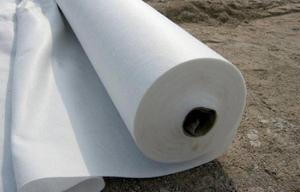PP/PET Needle Punched Geotextile for Architectural Engineering
- Loading Port:
- Qingdao
- Payment Terms:
- TT or LC
- Min Order Qty:
- 5000 m²
- Supply Capability:
- 100000 m²/month
OKorder Service Pledge
OKorder Financial Service
You Might Also Like
PP/PET Needle Punched Geotextile for Architectural Engineering
Description Of PP/PET Needle Punched Geotextile for Architectural Engineering
PP or PET needle punched geotextile is made from PP or PE materials by melting down, fiber-drawing, and cutting into 4-9 dtox, 50-76mm PP fibre before carding, lapping and weaving into needle punched non woven fabric.
Main Features of PP/PET Needle Punched Geotextile for Architectural Engineering
Good tenacity, high density, loose structure, anti-corrosion, anti-aging, acid-and-alkali-resistance, good water absorption and permeability, high tensile strength, strong anti-deformation, filtering and isolation performance, operability for construction.
Applications of PP/PET Needle Punched Geotextile for Architectural Engineering
Used in the area of highway, railway, dam, coastal beach for reinforcement, filtration, separation and drainage, especially used in salt marshes and garbage burying field. It can also be used as filter fabric around drainage material, car upholstery, foot pad, clothes liner, gloves, rags and insoles.
IMages of PP/PET Needle Punched Geotextile for Architectural Engineering
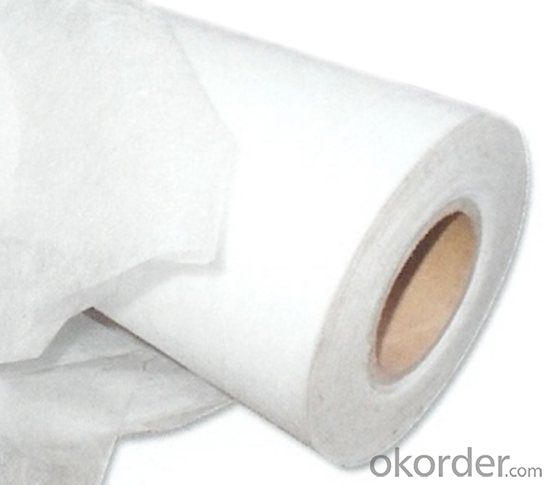


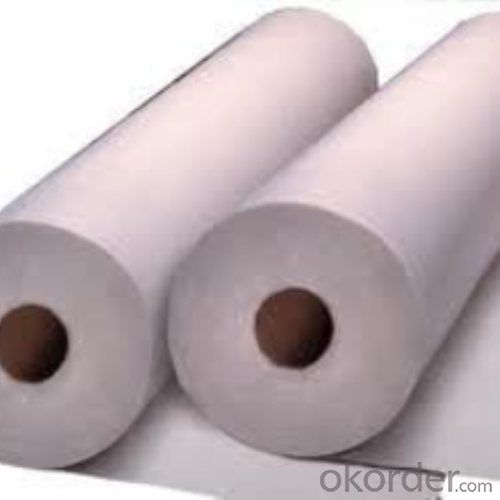
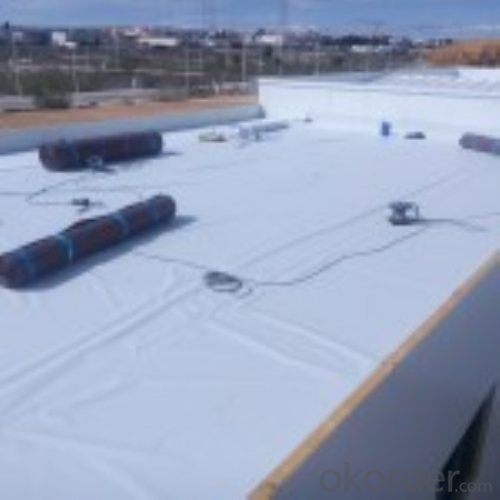
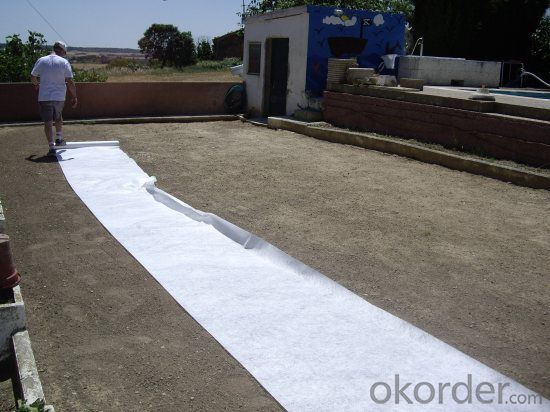
FAQ:
1. What are we supplying?
We are specialized in producing .geotextile , geocell, geogrid, geomembrane
2. How Many years experience do we have?
We have been exported to more than 15 countries in the past 10 years.
3. How long do we usually reply your request?
We always reply our customer within 12 hours.
- Q:Geotextile and geogrid the same do
- Not the same, this is two kinds of products, my user name professional manufacturer phone! The The
- Q:How do geotextiles help with reinforcement of soil slopes?
- Geotextiles help with the reinforcement of soil slopes by providing stability and preventing erosion. They are placed between layers of soil to distribute the load and strengthen the slope. The geotextiles act as a barrier, separating different soil layers and preventing the movement of fine particles. This helps to improve the overall strength and integrity of the slope, reducing the risk of landslides and soil erosion.
- Q:Can geotextiles be used for reinforcement of embankments?
- Yes, geotextiles can be used for reinforcement of embankments. Geotextiles are commonly used in civil engineering projects to improve the stability and strength of embankments. They provide reinforcement by distributing and dissipating forces, preventing soil erosion, and enhancing the overall performance and longevity of the embankment structure.
- Q:What are the different factors to consider for geotextile selection in landfill applications?
- There are several factors to consider when selecting geotextiles for landfill applications. These include the type and composition of waste being disposed of, potential chemical interactions, required strength and durability, permeability and filtration requirements, and compliance with regulatory standards. Other factors such as installation and maintenance costs, availability, and environmental sustainability also play a role in geotextile selection for landfill applications.
- Q:What are the environmental impacts of geotextile production?
- The environmental impacts of geotextile production include energy consumption, greenhouse gas emissions, and potential waste generation. The manufacturing process of geotextiles requires significant energy input, often sourced from fossil fuels, leading to the release of greenhouse gases. Additionally, the extraction and processing of raw materials for geotextiles can have adverse effects on ecosystems, including habitat destruction and soil degradation. Waste generation is another concern, as the production process may generate non-recyclable or non-biodegradable waste materials. However, the use of geotextiles in various applications can also have positive environmental impacts, such as reducing soil erosion and promoting sustainable land management practices.
- Q:How are geotextiles used in civil engineering projects?
- Geotextiles are used in civil engineering projects to provide reinforcement, separation, filtration, and drainage functions. They help stabilize soil, prevent erosion, and improve the performance of structures like roads, embankments, and retaining walls.
- Q:How do geotextiles affect soil erosion rates?
- Geotextiles can significantly reduce soil erosion rates by acting as a protective barrier. They prevent soil particles from being washed away by water or blown away by wind, while still allowing water to pass through. This helps to stabilize the soil, improve its structural integrity, and promote vegetation growth, ultimately leading to a reduction in erosion rates.
- Q:What are the key considerations for geotextile installation in high temperature environments?
- Some key considerations for geotextile installation in high temperature environments include selecting a geotextile material that can withstand high temperatures without degrading or losing its property, ensuring proper storage of the geotextile rolls to prevent heat damage before installation, using appropriate installation techniques to minimize the exposure of the geotextile to direct sunlight or extreme heat, and conducting regular inspections and maintenance to monitor the performance of the geotextile in the high temperature environment.
- Q:Can geotextiles be used in slope stabilization projects?
- Yes, geotextiles can be used in slope stabilization projects. Geotextiles are often used to reinforce and stabilize slopes by providing strength and stability to the soil. They can help prevent erosion, control surface water runoff, and improve the overall stability of the slope.
- Q:Are geotextiles suitable for use in bridge construction?
- Yes, geotextiles are suitable for use in bridge construction. They offer numerous benefits such as soil stabilization, erosion control, drainage, and separation of different layers of materials. Geotextiles can enhance the overall performance and longevity of bridges by providing reinforcement and preventing the mixing of materials, making them a valuable component in bridge construction projects.
1. Manufacturer Overview |
|
|---|---|
| Location | |
| Year Established | |
| Annual Output Value | |
| Main Markets | |
| Company Certifications | |
2. Manufacturer Certificates |
|
|---|---|
| a) Certification Name | |
| Range | |
| Reference | |
| Validity Period | |
3. Manufacturer Capability |
|
|---|---|
| a)Trade Capacity | |
| Nearest Port | |
| Export Percentage | |
| No.of Employees in Trade Department | |
| Language Spoken: | |
| b)Factory Information | |
| Factory Size: | |
| No. of Production Lines | |
| Contract Manufacturing | |
| Product Price Range | |
Send your message to us
PP/PET Needle Punched Geotextile for Architectural Engineering
- Loading Port:
- Qingdao
- Payment Terms:
- TT or LC
- Min Order Qty:
- 5000 m²
- Supply Capability:
- 100000 m²/month
OKorder Service Pledge
OKorder Financial Service
Similar products
New products
Hot products
Hot Searches
Related keywords
